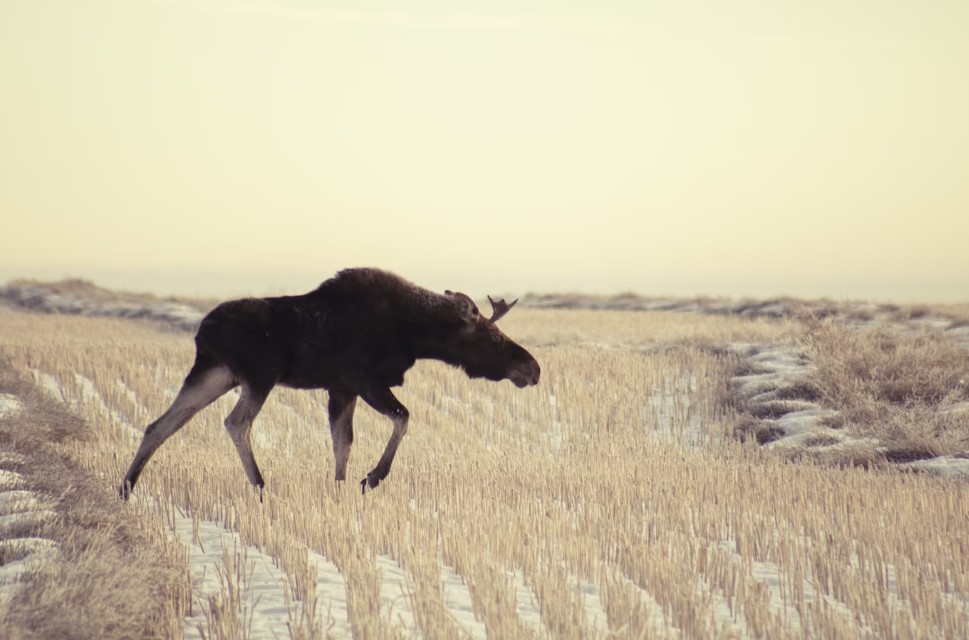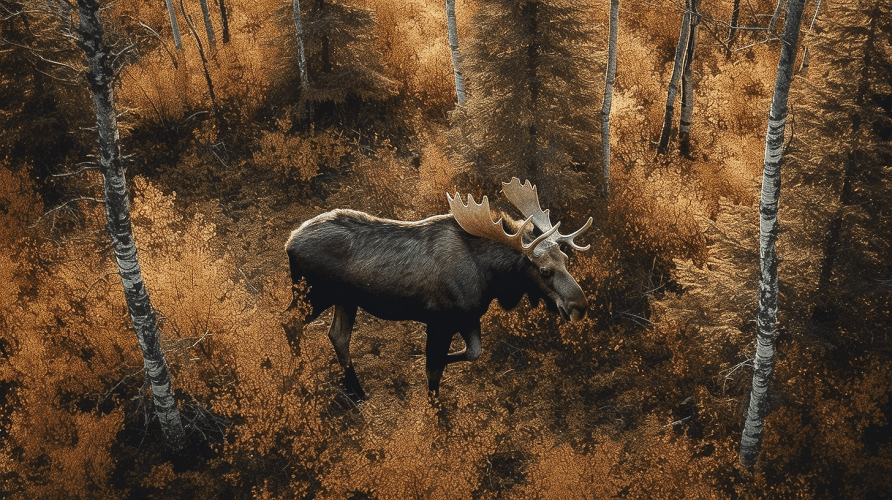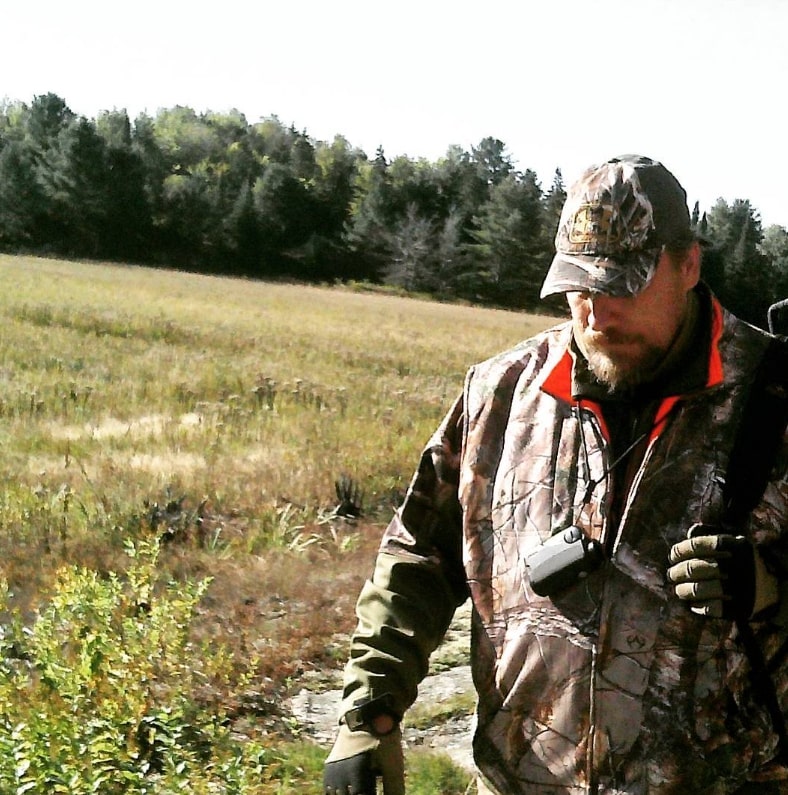Are moose populations declining?


Moose populations in Ontario have experienced a significant decline of approximately 20% over the past two decades. This decline has raised concerns among ecologists and Indigenous communities alike. A recent collaborative study between University of Guelph researchers and three Anishinabek First Nation communities—Biigtigong Nishnaabeg, Magnetawan, and Shawanaga—sought to uncover the underlying causes of declining moose populations. They integrated Western scientific methods with Indigenous knowledge.
Climate Change Impacts
Both scientific research and Indigenous observations identify climate change as a primary factor affecting declining moose populations. Warmer temperatures have led to:
- Increased Parasite Loads: Milder winters contribute to higher survival rates of parasites like winter ticks. These parasites can weaken moose and reduce their reproductive success.
- Habitat Alterations: Changes in temperature and precipitation patterns affect the availability and quality of moose habitats. This, in turn, impacts their feeding and breeding grounds.

Competition with White-Tailed Deer
Indigenous communities have reported an uptick in white-tailed deer populations encroaching into traditional moose territories. This expansion leads to increased competition for food resources and the potential spread of diseases from deer to moose. These factors further threaten moose health and contribute to declining moose populations.
Shifts in Moose Behavior
Anecdotal evidence from Indigenous hunters indicates changes in moose behavior, such as alterations in mating readiness. For instance, observations of bull moose not exhibiting typical mating behaviors during the expected season suggest disruptions. These disruptions may be linked to environmental stressors impacting declining moose populations.
Integrating Knowledge Systems
The study underscores the value of combining Indigenous knowledge—rooted in generations of observation and interaction with the environment—with Western scientific approaches. This integrative method provides a more comprehensive understanding of ecological changes and can inform more effective conservation strategies. Steven Kell, head biologist for Shawanaga First Nation, emphasizes that the decline of moose adversely affects not only the ecosystem but also the cultural and physical well-being of First Nation peoples. Addressing the declining moose populations is crucial for maintaining these important traditions.
Addressing the decline in moose populations requires a multifaceted approach that considers environmental factors, interspecies dynamics, and cultural insights. By embracing collaborative research methodologies that honor both scientific and Indigenous perspectives, more holistic and effective conservation efforts can be developed. Such efforts are crucial to safeguard the future of moose in Ontario and counteract the declining moose populations.
- 106
- 2361



